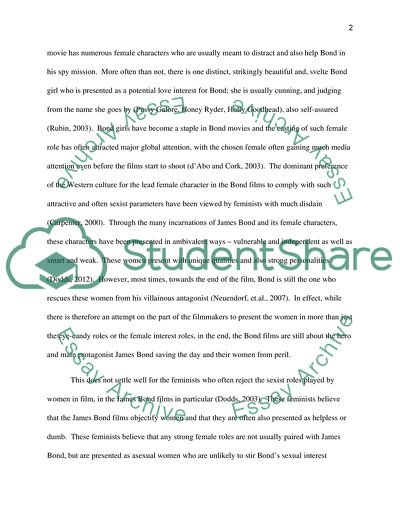Cite this document
(“Women in James Bon films from a feminist perspective Essay”, n.d.)
Retrieved from https://studentshare.org/miscellaneous/1696163-women-in-james-bon-films-from-a-feminist-perspective
Retrieved from https://studentshare.org/miscellaneous/1696163-women-in-james-bon-films-from-a-feminist-perspective
(Women in James Bon Films from a Feminist Perspective Essay)
https://studentshare.org/miscellaneous/1696163-women-in-james-bon-films-from-a-feminist-perspective.
https://studentshare.org/miscellaneous/1696163-women-in-james-bon-films-from-a-feminist-perspective.
“Women in James Bon Films from a Feminist Perspective Essay”, n.d. https://studentshare.org/miscellaneous/1696163-women-in-james-bon-films-from-a-feminist-perspective.


